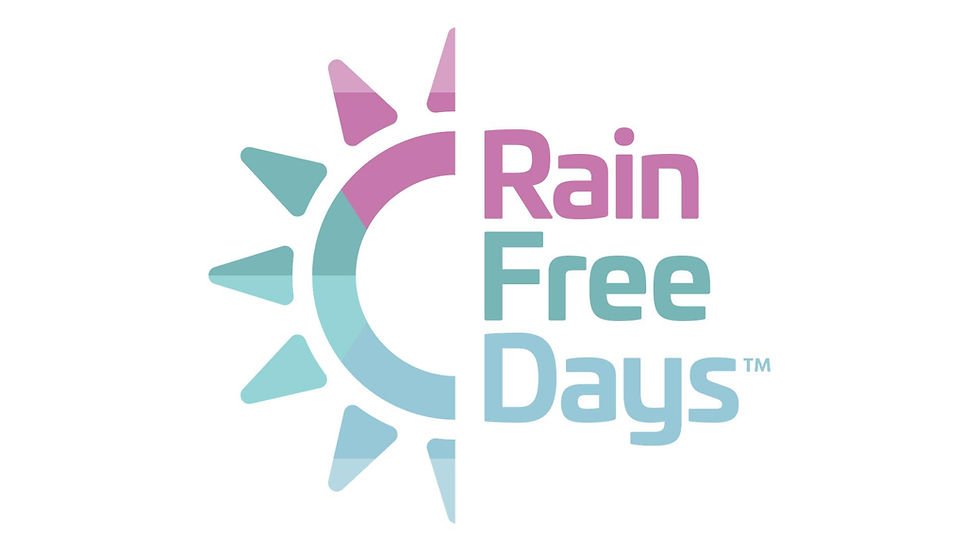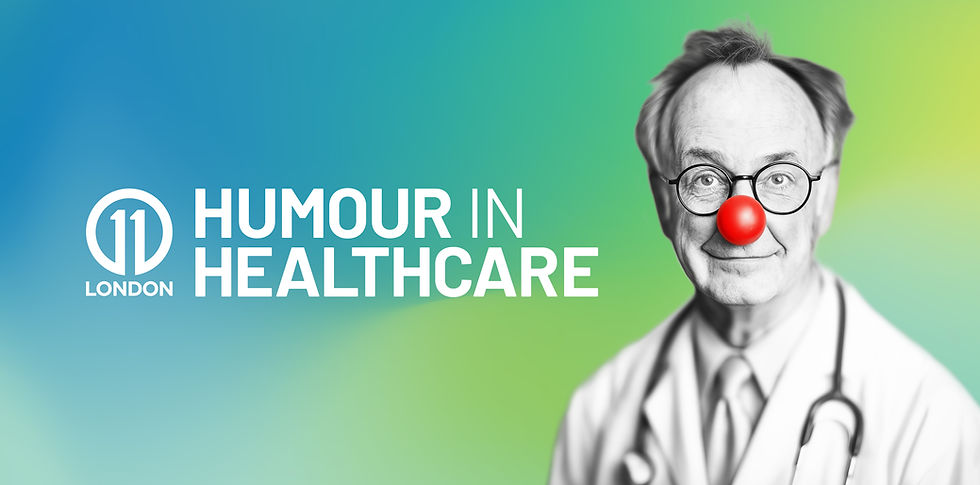Why white skin bias is a real problem in healthcare
- matthewhunt123
- Feb 14, 2022
- 4 min read
by Lucy Silver

Last month, second year medical student Malone Mukwende published ‘Mind the Gap’, a medical text that looks at how medical conditions present differently on black and brown skin. As a Black student, Mukwende felt alienated by the way clinical skills were being taught, and the lack of discussion around clinical signs on darker skin tones.
This early lack of representation can have damaging outcomes for people of colour and can impede the care given by healthcare professionals to this community. Pertinent examples include cases of skin cancer in people of colour, where diagnosis is more likely to happen at an advanced stage making it more difficult to treat.¹ This also impacts children in cases of meningococcemia, where a reliance on a visible rash for diagnosis can also lead to a delay in children of colour receiving the treatment they need.
Mukwende explains:
“The aim of this booklet is to educate students and essential allied healthcare professionals on the importance of recognising that certain clinical signs do not present the same on darker skin. This is something which is not commonly practiced in medical textbooks as there is a ‘white skin bias’. It is important that we as future healthcare professionals are aware of these differences so that we don’t compromise our care for certain groups.”
The danger of the ‘default’ human in healthcare communications
Created alongside St George’s lecture staff, Mukwende’s publication is much needed as, when it comes to healthcare materials, representation can be a matter of life or death.
Western medicine has a dangerous tendency to see one particular demographic as the ‘default human’, for whom the world has consciously and unconsciously been designed for. The white skin bias in certain healthcare communications can be problematic for both patient populations and healthcare professionals, as both groups can have pre-existing ideas about who can suffer from particular diseases. This affects the patient diagnostic journey, which can lead to early signs of diseases being missed by both parties, later diagnosis and worse outcomes for patients.
This sentiment is reflected by student Cameron Lynch in his article for the British Medical Journal (BMJ) where the lack of skin tone representation in educational materials led to feelings of unease about his medical knowledge and diagnostic abilities. Lynch writes:
“As a medical student myself, physiology and anatomy textbooks were the backbone of my education in my first few years at medical school. However, it’s difficult not to notice that the overwhelming majority of clinical images and case presentations are illustrative only of white patients. This is not representative of the society we live in. Reflecting on this, I felt increasingly unsure how I would identify features such as cyanosis, erythema, and pallor in patients of different skin colour.”
We can see the effects of this lack of representation mirrored in patient populations, where a white skin bias filters into symptoms lists and diagnostic questioning. BBC journalist Jameisha Prescod explains in an article for gal-dem:
“I grew up believing it was almost impossible for black people to get skin cancer. Most of my friends and family members thought the same. Both doctors and medical websites will tell you to look out for the usual stuff. Are your moles asymmetrical? Have they grown in size? Are they painful or itchy? What they don’t tell you is that as a black person, you should also be checking your nails, the palms of your hands and the soles of your feet – places that do not get much sun. This is what ultimately led to the death of Bob Marley, who became ill after developing a type of malignant melanoma under his toenail.”
The clinical presentation of COVID-19
Whilst studies have been done in the United States examining representation in medical textbooks, we’re still lacking this specific data in the UK which makes the problem more difficult to address. In light of the disproportional impact COVID-19 has had on communities of colour, this issue needs addressing urgently.
Mukwende stated, “The booklet addresses many issues that have been further exacerbated during the Covid-19 pandemic, such as families being asked if potential Covid patients are ‘pale’ or if their lips ‘turned blue’. These are not useful descriptors for a black patient and, as a result, their care is compromised from the first point of contact. It is essential we begin to educate others so they are aware of such differences and the power of the clinical language we currently use.”
Conclusions
Mukwende’s book is a much-needed text, but our medical institutions and publications must do better so that it does not fall on their students to make sure that all people are represented in educational health communications materials.
Although this fundamental lack of representation in 2020 is grim, there is progress and hope in the conversation itself. It’s only by accurately naming and calling out the problems that we can solve them.
To support better representation of Black and ethnic minority people in UK medical textbooks, you can sign the petition here.
References:
About 11 London
11 London is an advertising and communications agency, based in West London. We work in the areas of health and humanity - with organisations, brands or products that improve or prolong life. To learn more about 11 London, please contact:




